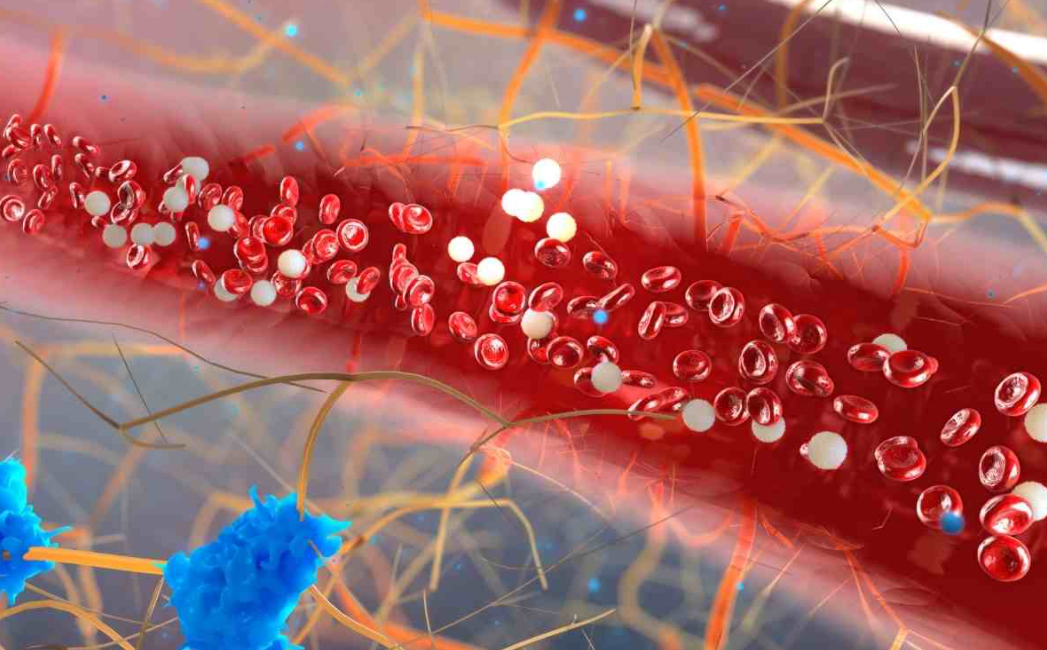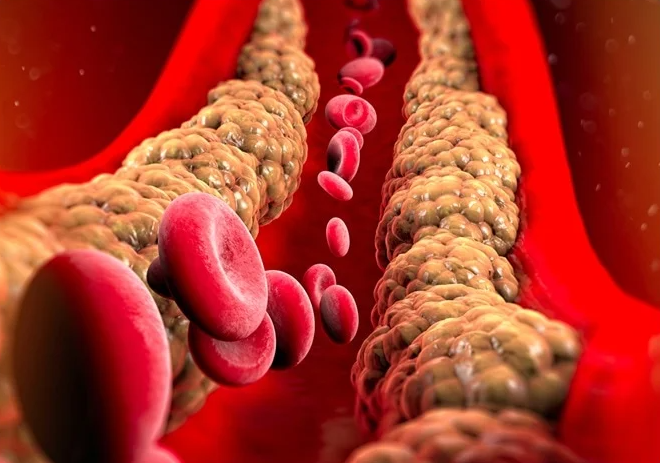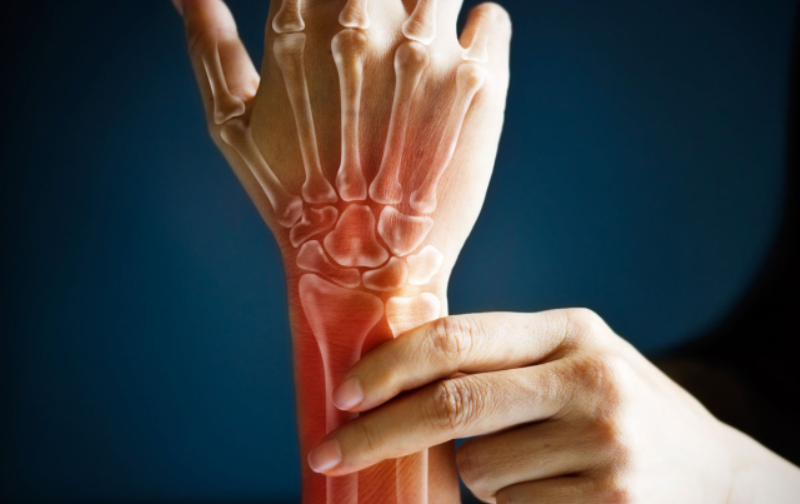Excessive levels of “bad” (LDL) cholesterol and high blood pressure are well-known dangers to heart health. When it comes to a healthy heart, however, triglycerides should not be overlooked, as they are a crucial sign of the organ’s health.
Triglycerides are lipids that are essential for human survival and can be found in the food we eat on a regular basis. Excess calories that the body does not utilise right away are turned into triglycerides when we eat. Triglycerides are stored in the body’s fat cells in case they are needed later, such as in the event of a food shortage.
Regardless of how beneficial triglycerides are to our health, high levels can contribute to atherosclerosis, which increases the risk of heart attack, stroke, and cardiovascular disease.
What causes high triglycerides in the blood?
Triglyceride levels are mostly influenced by lifestyle, nutrition, and calorie consumption. Certain causes make a rise in triglyceride levels in the blood more likely. They are as follows:
- Obesity, especially in the abdomen;
- Hypothyroidism – decreased thyroid function;
- Often consuming more calories than is consumed;
- Excessive alcohol consumption;
- Diseases of the kidneys and liver;
- Uncontrolled diabetes;
- As the years go by, triglyceride levels slowly increase;
- Physical inactivity.
In rare cases, this condition can be inherited.
What is the typical triglyceride level?
The amount of triglycerides in your blood can be determined through a blood test. You should not consume anything for 8-12 hours before the lab test. Here are some normal values that indicate that you should make significant lifestyle changes:
- Normal value: less than 150 mg / dL (less than 1.7 mmol / L)
- Elevated value: 150–199 mg / dL (1.7–2.3 mmol / L)
- High value: 200–499 mg / dL (2.3–5.6 mmol / L)
- Very high value: 500 mg / dL and up (5.7 mmol / L and up)
It is recommended that every person over the age of 20 have a blood test at least once every 5 years.
How to lower blood triglycerides?
Do not panic right away if you find that you have high levels of triglycerides or too much fat in your bloodstream. The good news is that you can greatly improve your blood count through healthy lifestyle changes. Here’s what you can do to get your triglycerides back to normal:
- Keep a healthy weight. Obesity, particularly in the abdomen, can raise triglyceride levels dramatically. A drop in triglycerides can be seen with a weight loss of merely 5-10%.
- Limit the number of calories consumed. Although a delicious birthday cake, favorite pizza, or spicy chips before bedtime may seem appealing, they all contribute to high triglycerides. Excess calories are converted to triglycerides, which are then stored as fat in the body. Your triglyceride count can be reduced by 23 percent by cutting your calorie intake by 300 per day.
- Use fish instead of minced meat. Sweet temptations high in sugar and foods heavy in saturated fats, such as processed red meat, are the leading causes of elevated triglycerides. As a result, goods like minced meat, pate, and sausages are not suggested for those with high triglycerides. Choose fish instead of pork the next time you have to decide what meat to serve. The body will be nourished with heart-healthy fats as a result of this.
- Consume omega-3 fatty acid-rich foods on a regular basis, such as fish and flaxseed. Omega-3 fatty acids are beneficial to your heart and can also aid in the reduction of triglycerides. Fish, nuts, flaxseed and linseed oil are excellent sources of omega-3 fatty acids. Eat fish at least twice a week. It is recommended to consume salmon, sardines and lake trout.
- Consume as little sugar as possible. Control your sweet desires if your triglyceride levels are high. Foods with added sugar, such as cakes, pastries, candies, and ice cream, should be avoided. Use caution when adding sugar to sweeten liquids like coffee and tea, as well as foods you make. To locate hidden sugar in items, learn to read labels. Choose sugar-free chewing gum whenever possible.
- Incorporate moderate exercise into your regular regimen. Moderate physical activity for five days or more a week can help lower blood triglyceride levels by 20-30%. It doesn’t have to be a hard workout; a 30-minute walk at a moderate pace will suffice. Physical activity is especially important for maintaining a healthy weight.
- Get rid of the smokes. Quitting this bad habit can help you lower your triglyceride levels. Keep in mind that quitting smoking also means lowering your “bad” cholesterol and lowering your chances of a variety of other ailments.
- Be sure to cut down on alcohol, and if your triglyceride levels are too high, quit altogether. While the antioxidants in red wine can lower your cholesterol, excessive alcohol consumption is one of the main causes of high triglyceride levels. Drinking more than one glass of alcohol a day in women and more than two in men can significantly increase triglyceride levels. In some people, even the slightest amount of alcohol can raise triglycerides, so if your blood count shows too high a value, give up alcohol altogether.
- Switch to a healthier version of fizzy drinks and fruit juices. Replace fruit juices with 100 percent natural juices instead of carbonated beverages, but don’t go overboard. Juices have a negative impact on triglyceride levels. The best option is to switch to teas and still water to quench your thirst.




